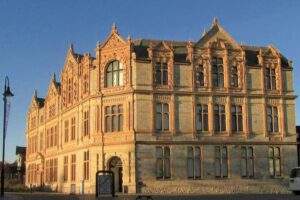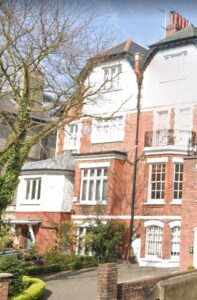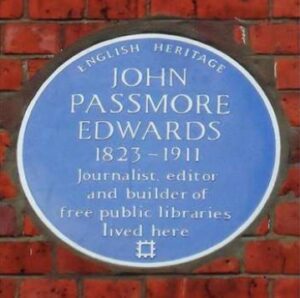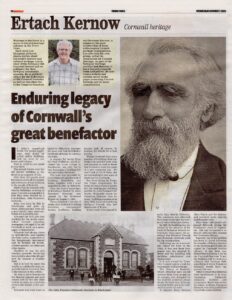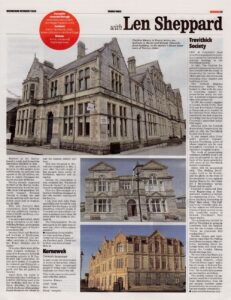Enduring legacy of Cornwall's great benefactor
In today’s superficial world few people appreciate what might be called utility buildings that we have in our towns and villages. That is until we are about to lose them. The recent furore over the old library building in Redruth is an example of this. Only then did people start becoming aware of the history and relevance of that building to the people of Redruth. What it has in common with similar buildings existing in many Cornish communities is that they were funded by a Cornishman John Passmore Edwards.
John was born in 1823 in Blackwater and grew up there, although they were not a poor family, they were certainly not a wealthy one. Amongst his first jobs was working for the newly established Cornish Guardian newspaper, but aged 21 he left Cornwall to work on a newspaper in Manchester. Edwards had strong views on anti-slavery, was against the Corn Laws, supportive of the Temperance movement and he became an accomplished speaker on these and other topics. Needless to say, but he was heading upwards and much has been written about his life in a number of books and how he became a wealthy man. It is how he spent his wealth as a philanthropist especially here in Cornwall that is the essence of this article.
He was a great benefactor for disaster appeals and supporting good causes and by the late 1880’s looked at ways he could distribute his wealth to the people. Edwards was very keen to improve education amongst the poor and had distributed hundreds of books to existing libraries. A request from the vicar of Mithian, which included his home village in Blackwater, for books not only led to him financing a building but providing 500 books. The land was provided by Lord Falmouth and the cost of building, furnishing and book, together with a later extension in 1893 by Edwards. This the first of over 70 buildings funded by John Passmore Edwards was opened by the Rev Rogers on 7th August 1890.
There followed a variety of works that included drinking fountains, convalescent homes, institutes, bathing houses and of course what he is best known for libraries. Within Cornwall there are a number of buildings that continue to be used for their original purpose as well as those that evolved to meet the needs of a new computer age. We can’t look at all of these but highlight just some of those here in Cornwall.
The origins of the Passmore Edwards Museum at Stratford, Essex are remembered in this article promoting an archaeology at the museum
For those living in Truro the Truro Community Library at Union Place is probably the best-known building paid for by John Passmore Edwards. Originally called the Passmore Edwards Free Library, building commenced in May 1895 the architect being Silvanus Trevail, who was also mayor of Truro. It was ready to be opened by early May 1896 by Edwards and was attended by a huge crowd and the mayors of several Cornish towns. In 1899 the building was extended by the addition of the Central Technical Schools for Cornwall once again the architect was Silvanus Trevail and Passmore Edwards paid for the construction. Following use as a secondary school for boys in the 1930’s this has now been integrated into the original library and the building and facilities refurbished and modernised. It is now owned by Truro City Council and is a hub for community and knowledge.
The library at Redruth which attracted such recent interest from local people on its closure was designed by the Redruth architect James Hicks. To build this Edwards donated £2,000, not quite sufficient to cover all costs and a bequest from Octavia Allen Ferris met the balance and provided some ongoing maintenance costs. Over 7,000 people witnessed Edwards laying the foundation stone in September 1894 and he opened it on 30th May 1895 just after opening the Camborne library. Recently use of the building has been in doubt following transfer of library services to the building previously occupied by Cornwall Studies Library, It has been confirmed that following a bid by the Cornwall Heritage Trust the building will be used as a cultural and heritage hub, something that Passmore Edwards would have approved of I’m sure.
Other Cornish Free Libraries were established at St Ives, Camborne, Falmouth, Liskeard, Bodmin, and Launceston
Hayle was a town that perhaps Passmore Edwards was always destined to provide some building for. Workers at the Harvey foundry works had formed the Mechanics Institute in 1840. After providing a series of lectures in 1846 amidst great enthusiasm an institute was opened at the old railway station to which Passmore Edwards donated 100 books. Having already supported workers at the Harvey works, their employer would not provide them with premises, Edwards engaged the Truro architect Silvanus Trevail to design the new Hayle Institute with the foundation stone laid on 20th September 1893. This was Trevail’s first commission from Edwards and was ambitious costing a total of £3,000 and being completed in 1896. It is a well-constructed albeit not as attractive as his later building designs and remains an important part of Hayle’s community life.
Besides Hayle and the original institute at Blackwater Passmore Edwards also provided institutes in Chacewater, Truro, Mithian and St Agnes.
Of course, there were all the other Cornish buildings financed by Passmore Edwards including schools in St Day, Helston and Launceston. He also gave money to hospitals in Liskeard and Falmouth, a convalescent home in Perranporth and the art gallery at Newlyn.
Apart from the many libraries and other buildings in London, still being used is his last building and one of his finest libraries at Newton Abbot the home of his mother Susan Passmore for whom he had the highest esteem and love. This was last designed by Silvanus Trevail and completed in 1904 a year after Trevail’s death. It has recently been totally refurbished, updated and extended. During the renovation it was renamed the ‘Passmore Edwards Centre’ in recognition of its original benefactor. This is a fine example of a historic building designed in the 19th century repurposed for the 21st. I am sure that John Passmore Edwards would be very pleased that his legacy is still benefiting ordinary people in Cornwall and beyond his Cornish homeland over 100 years after his death in 1911 aged 88.
“He did more good in his time than almost any other of his contemporaries” The Times 1911
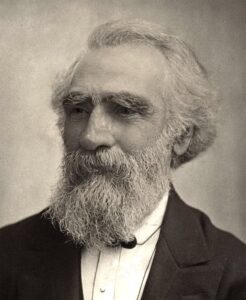
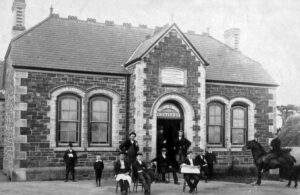
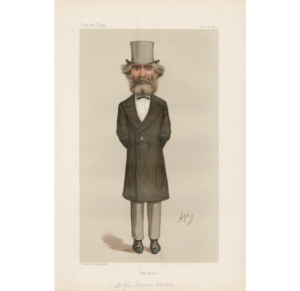
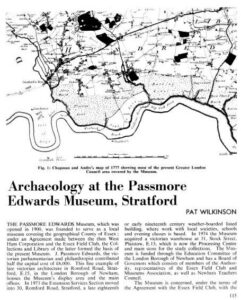
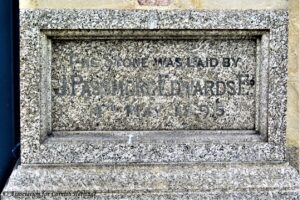
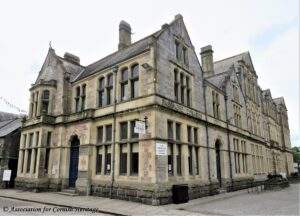
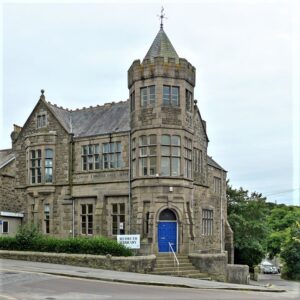
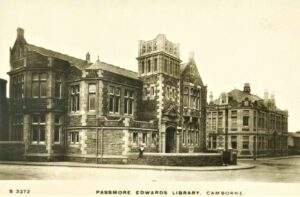
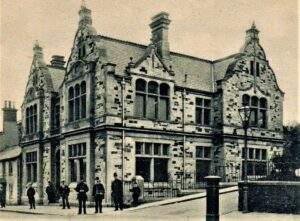
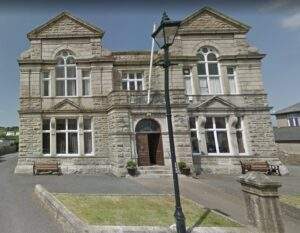
![Passmore Edwards Art Gallery, Newlyn, Cornwall. Around 1900 Passmore Edwards Art Gallery, Newlyn, Cornwall. Around 1900 - Photographer: S.C. Fox. [RCM collection]](https://www.cornwallheritage.com/wp-content/uploads/2020/10/Passmore-Edwards-Art-Gallery-c1900-RCM-300x300.jpg)
